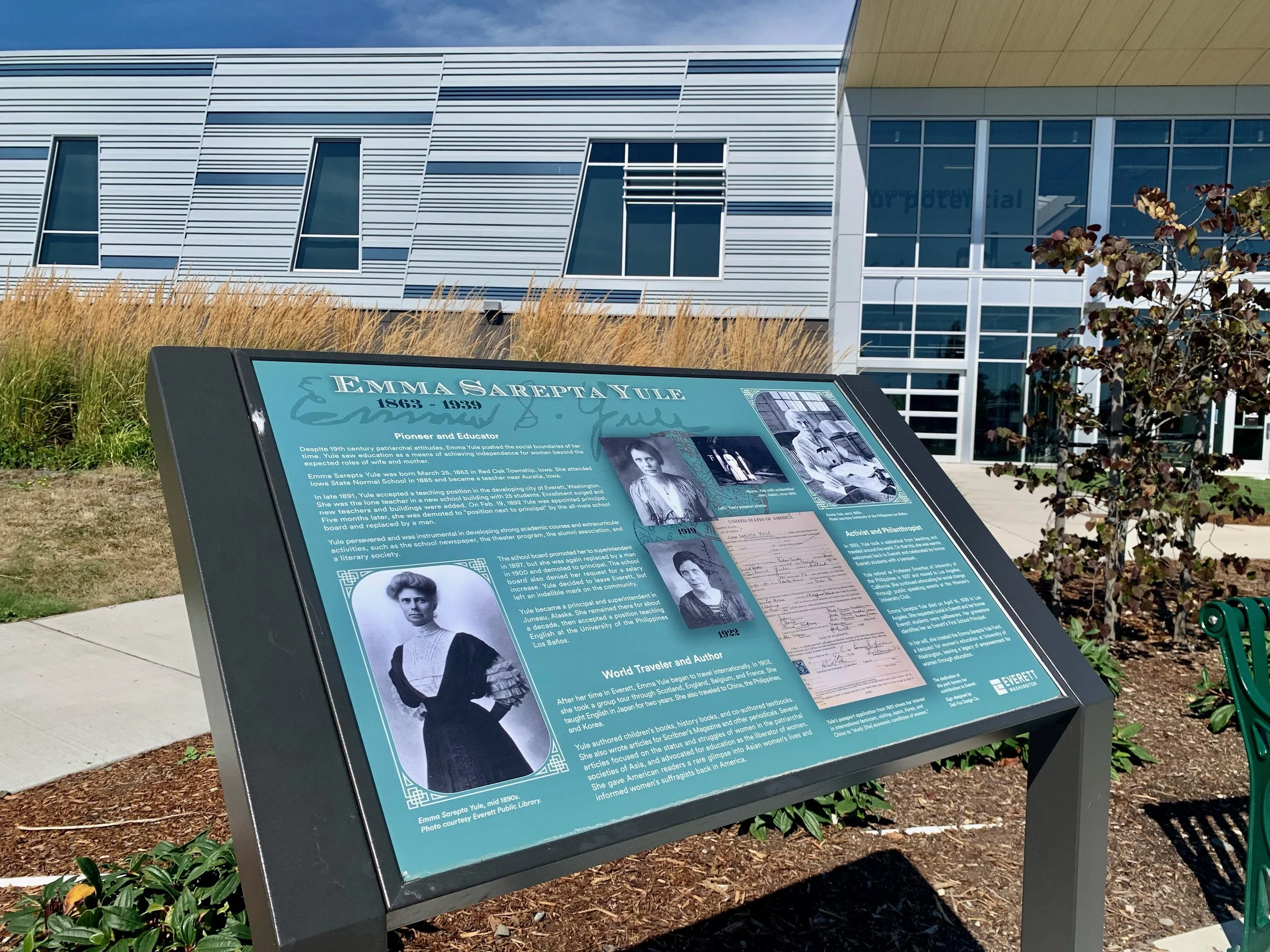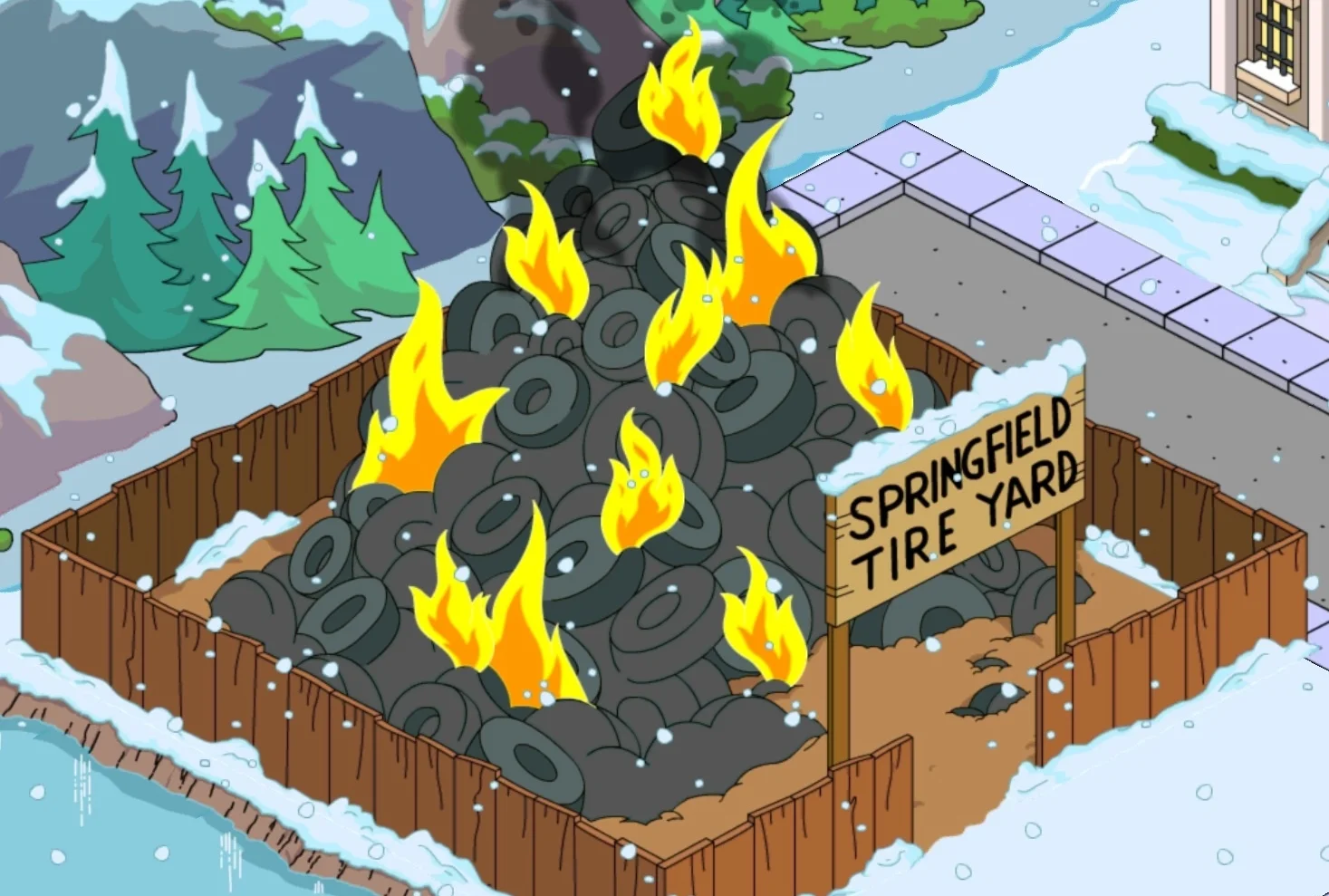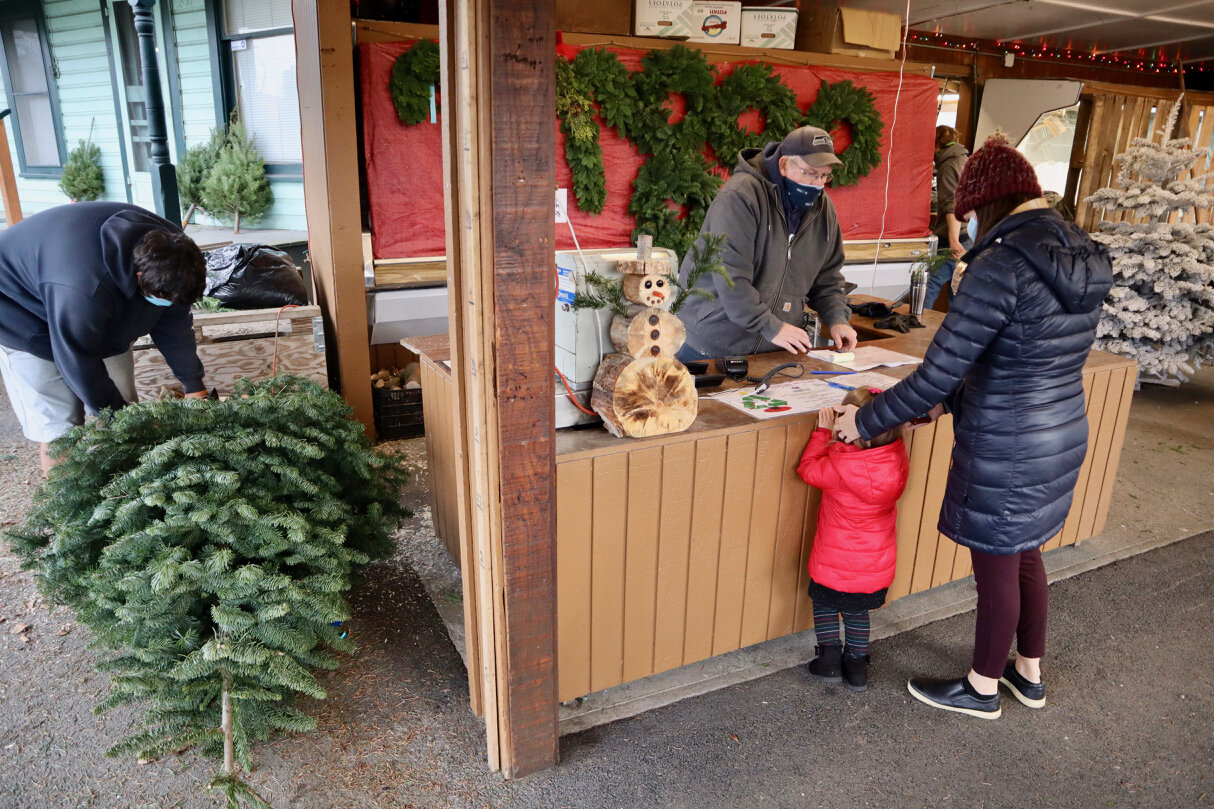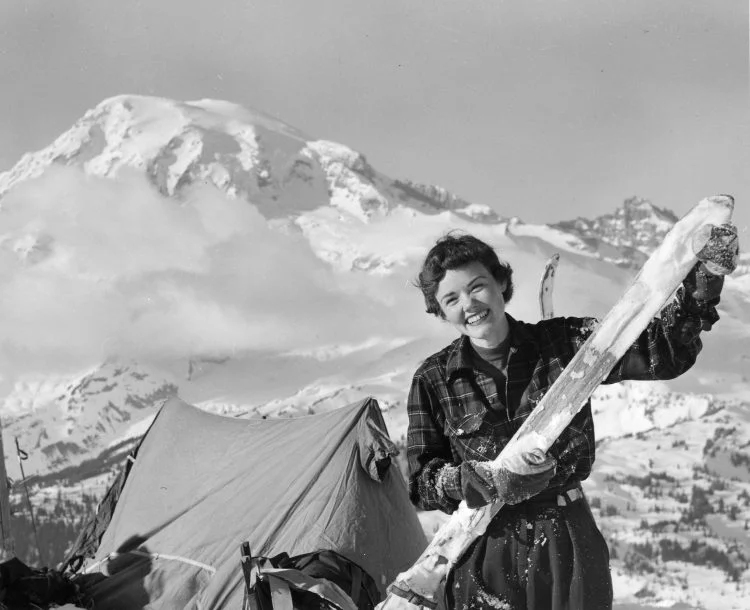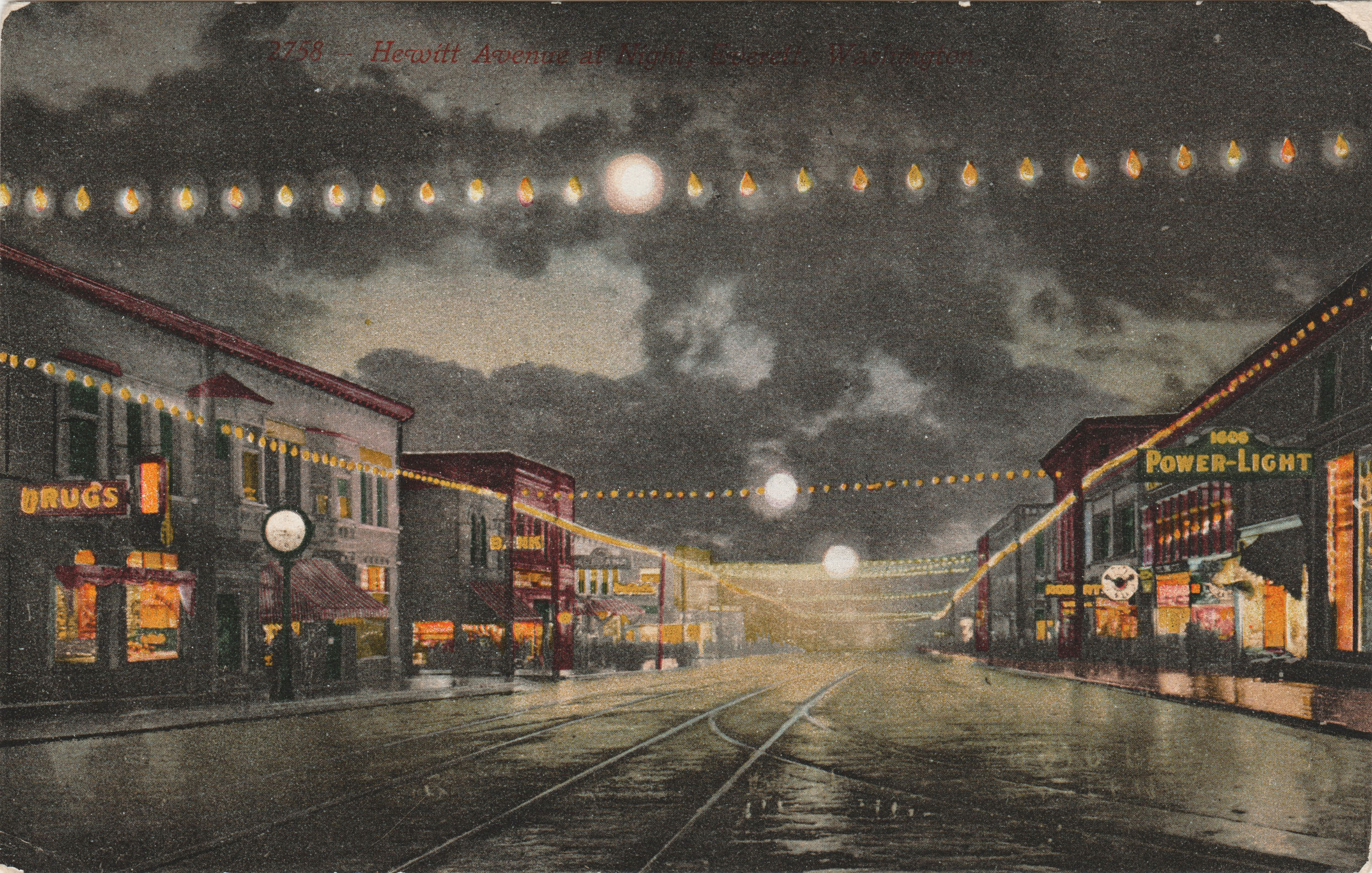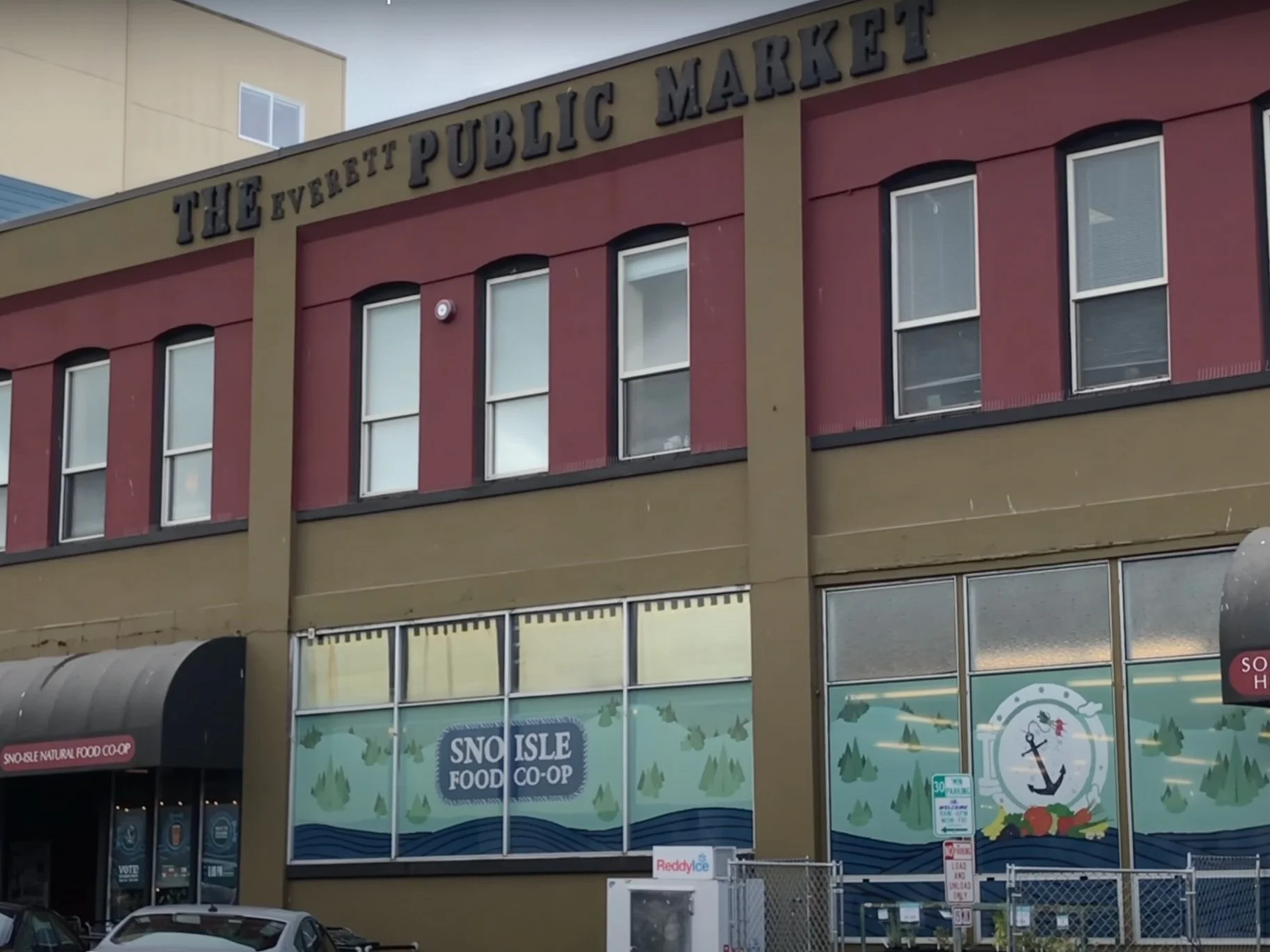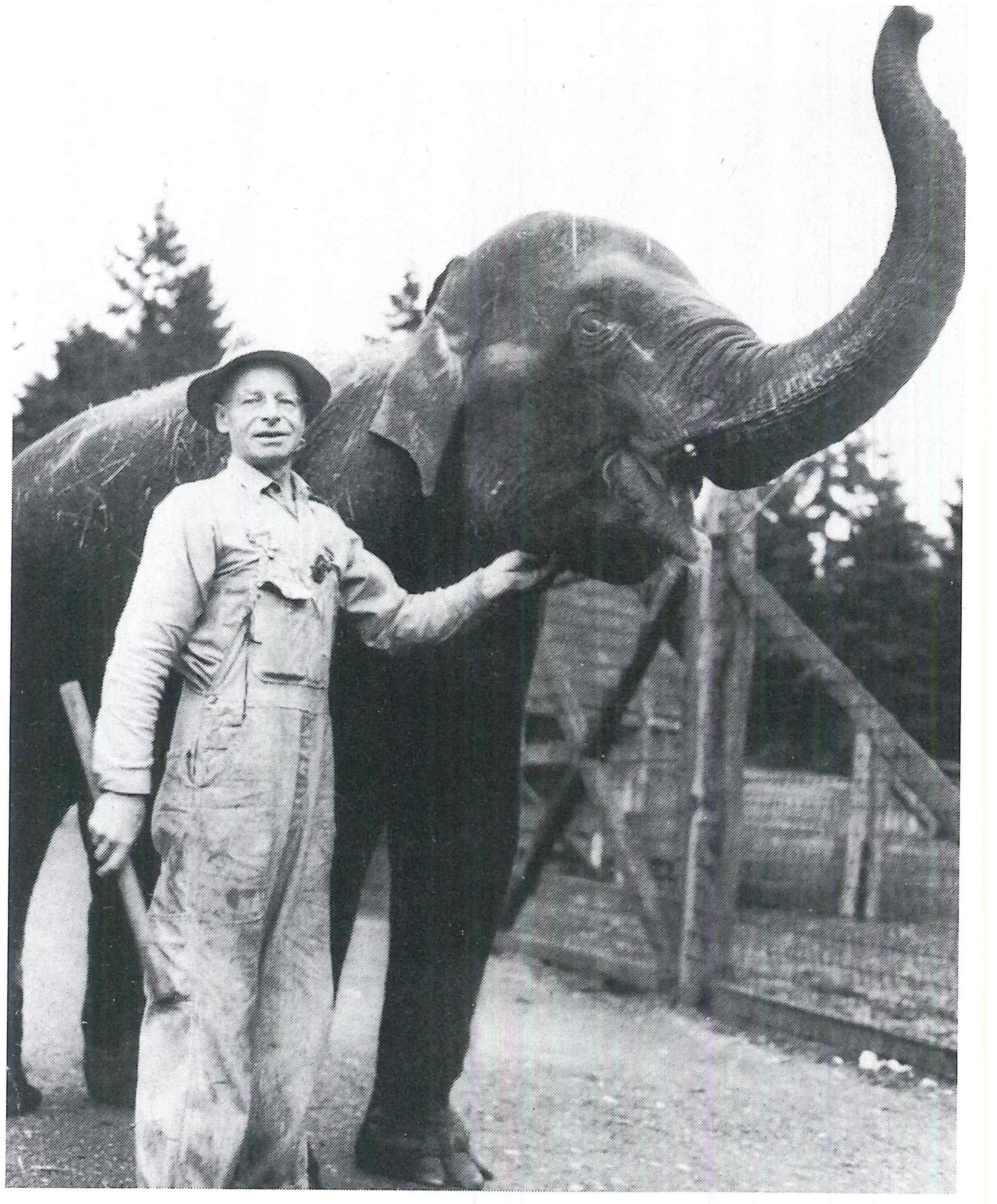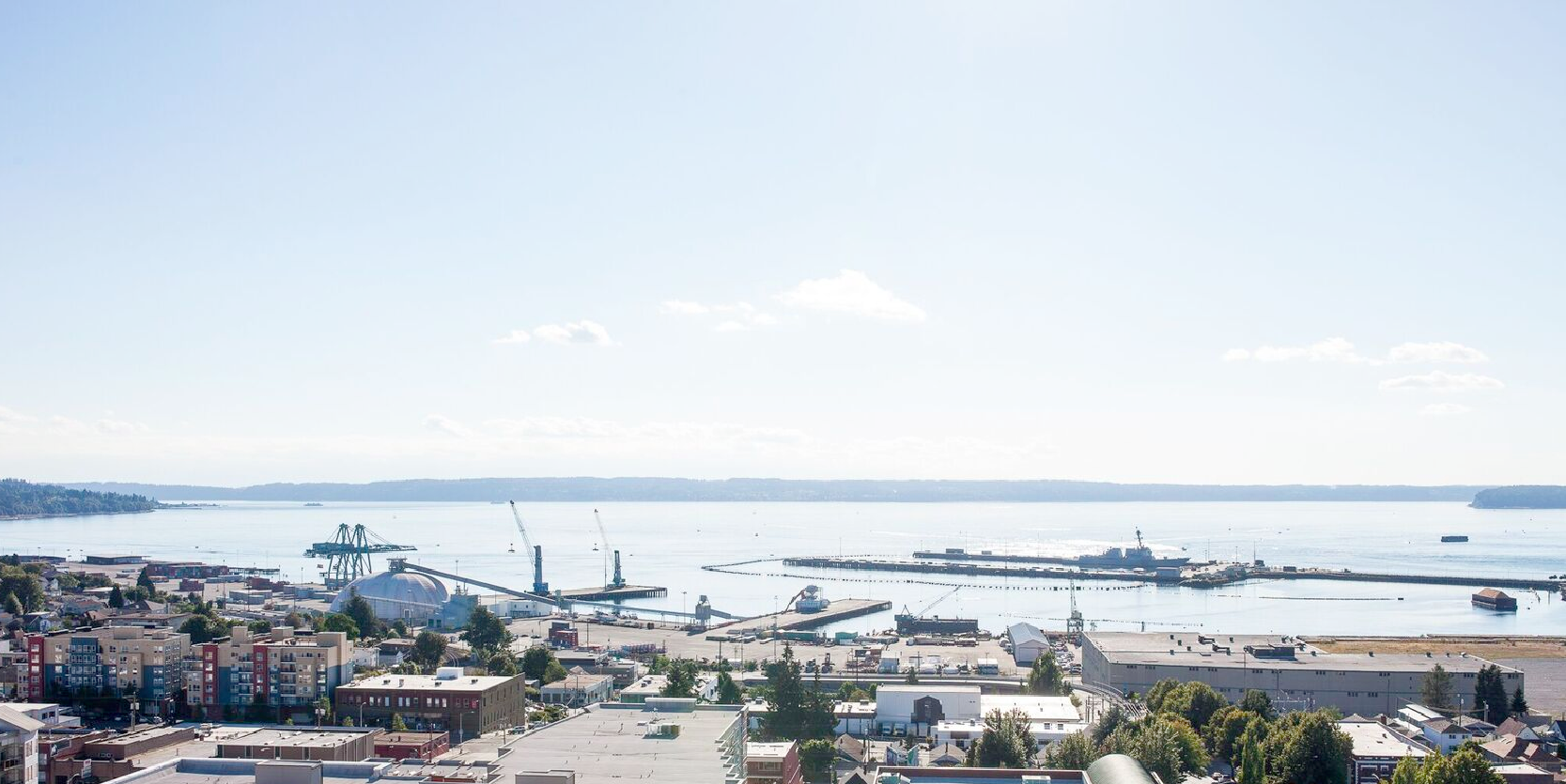The Great Fire That Could Have Ended Everett
A few weeks ago a new complex of apartments on the Everett Waterfront went up in flames. A black column of smoke rose into the sky and embers from the blaze fell on the Northwest and Bayside Neighborhoods.
Fires are one of those things that a community remembers and photographs. They tend to make the archives.
It reminds me of another great Everett fire: the first, and for a long time, the biggest blaze that the city had ever seen.
The Great Courthouse Fire of 1909
The Great Courthouse Fire of 1909 started on August 2, at 3 p.m. in the J.K. Healy blacksmith shop on Wetmore Avenue. A spark from the forge fell into straw and caught the building on fire. Embers from the blacksmith shop drifted to land on the mossy northeast corner of the Snohomish County Courthouse, setting the building ablaze.
Ironically, the closest fire department to the courthouse was located more or less across the street, where City Hall sits today. The fire chief rushed to where the fire horses were stabled at Hewitt and Hoyt (back then fire carts were drawn by horse).
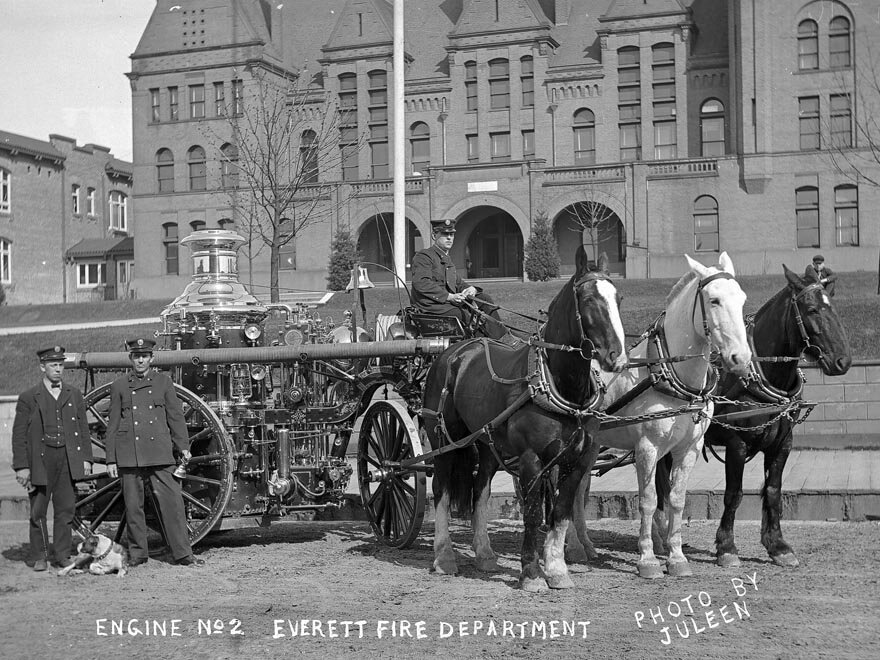
The Everett Engine Company 2 with their mascot, posed in front of the original courthouse.
Meanwhile embers from the blaze began to set incendiary fires around the downtown core. These were extinguished by citizens, “bucket brigade” style.
Firefighters arrived in Everett from Marysville, Snohomish, and Seattle. But they were too late and there wasn’t enough water to extinguish the worst of the flames. At the same time an arsonist (or several arsonists) set opportunistic fires around the city, dividing the firefighters’ efforts to rein in the situation.
As evening settled in, citizens were anxious: many flammable downtown buildings were people’s homes.
Everett was burning.
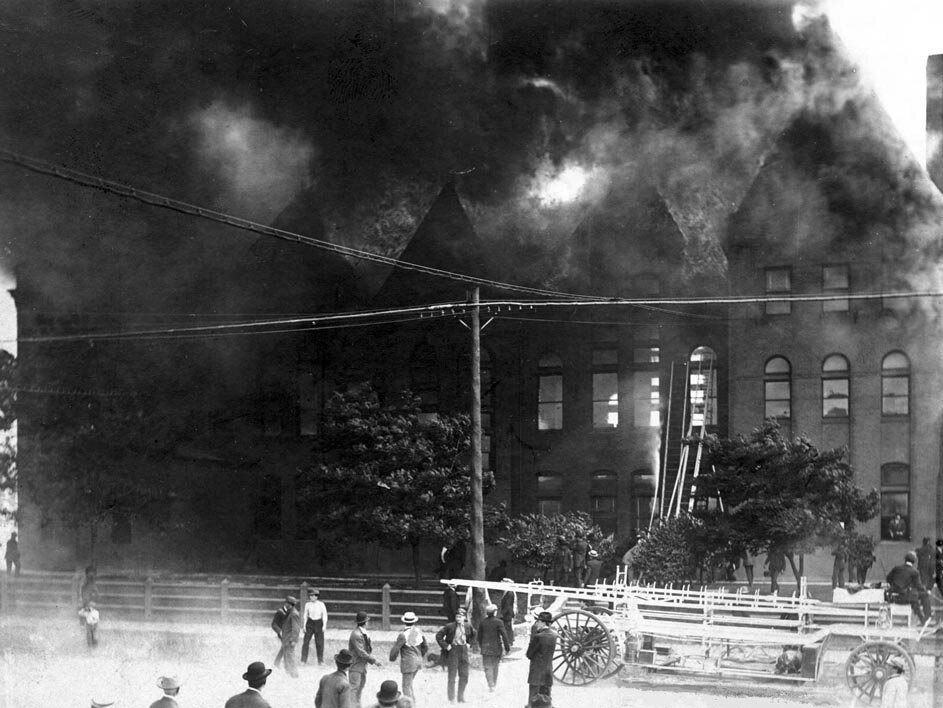
The courthouse is ablaze!
Boys swimming in the log booms of Port Gardner saw the smoke and ran up the hill to watch flames from the courthouse jump into the sky. Many concerned mothers kept their children inside, watching flaming ashes fall in their yards. Switchboard operators threatened to quit on the spot after they were flooded with calls full of profanity.
Panic set in.
The fire burned into the night. The fire chief toyed with the idea of dynamiting a nearby hotel to contain the spread of the blaze.
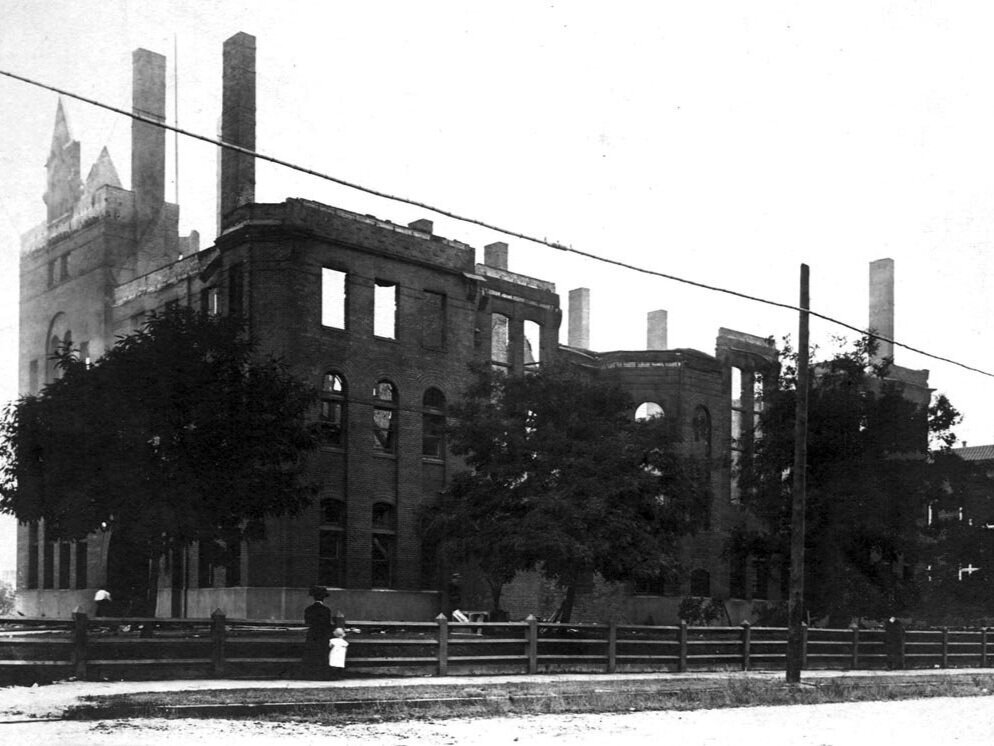
The charred remains of the original courthouse.
Eventually, the courthouse burned mostly to the ground, making for the worst fire in Everett’s history to date. It would remain the largest fire in the city’s history for the next seventy-five years (until the famous tire fire of 1984). Twelve other buildings were left damaged in its wake.
A new courthouse, built in a similar style to the first, was erected on Wetmore Avenue. The 1910 mission-style stucco courthouse still stands there today. It’s on the National Register of Historic Places.
There were other fires to come. Mill fires were common in the early days of Everett. Mills were virtual tinderboxes: lots of fuel in the form of sawdust and dried scraps of lumber.
There was the Everett Herald fire of 1956, and the Black and Decker fire, among others.
But probably no fire in the history of the City of Smokestacks was more threatening than the Courthouse Fire of 1909: it had the potential to wipe out a fledgling mill town, built of timber.
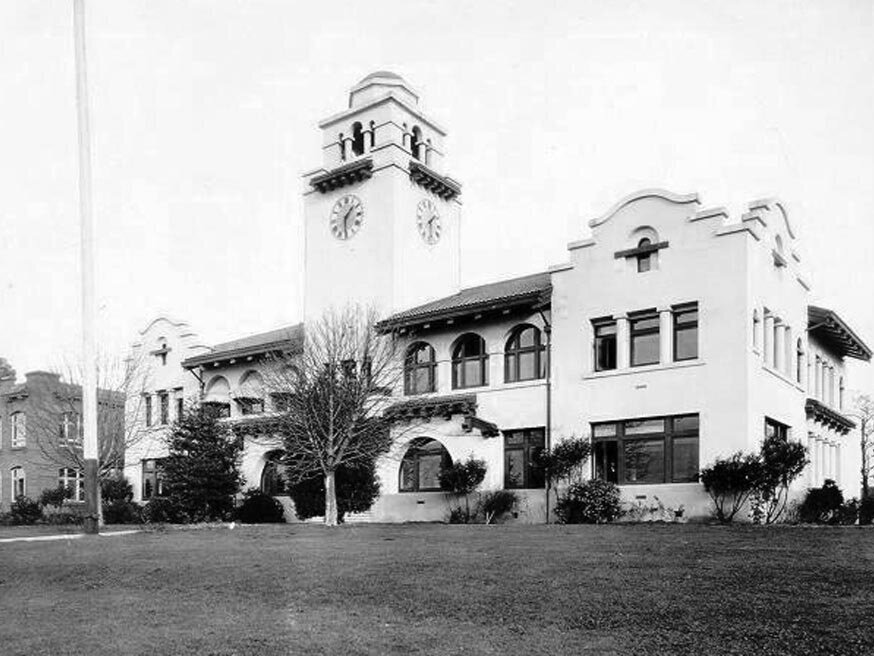
Architect August Heide was the architect of the original courthouse. He designed the replacement courthouse in 1910.
Special thanks to the Northwest History Room. Information for this article came mostly from the archived field recordings of David Dilgard and Margaret Riddle in the 1970s. The photos in this article come courtesy of the Northwest History Room archives.
Read more Everett History:
Live in Everett’s History Page
Richard’s book Smokestackers! A History of Everett, Washington
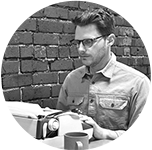
Richard Porter is a writer for Live in Everett.



